No salvaging ‘Savages’
2013 marks the 40th anniversary of decision to eliminate nickname
March 7, 2013

The “Sacajawea” The ‘Bird Women’ statue, under glass in Showalter Hall, was presented to Cheney State Normal School, a previous name used by Eastern, by the class of 1916.
March 6, 2013 Editor’s note: The mascot for Stanford University was described incorrectly in print. They are actually known as the Stanford Cardinal.
It was 2004 when a group of students wore a “throwback” jersey with the words EWSC Savages and a caricature of an American Indian on the front to a men’s basketball game.
This was 32 years after the board of trustees voted to discontinue having Savages as the university’s mascot due to Savages being a derogatory and demeaning term to the American Indian population. Students were allowed to vote on a new mascot. Savages won with 950 votes, according to a 1973 article in The Easterner.
Refusing to change their stance on the nickname, the board created a committee to find a new mascot, which they did, called the Lakers. Angry with the committee’s choice, the students referred to the university’s mascot as the No-Names. In July 1973, students voted for a new mascot, which became the “Eagles.”
Although 2013 marks the 40th anniversary of the change, the nickname continues to emerge on the university landscape.
Prior to appearing at the 2004 basketball game, The Easterner printed an article about two students who had made and sold the “throwback” jerseys. They had scanned an image of the American Indian caricature that was embossed on the brick steps in front of the Phase building.
Kim Murphy-Richards, an adjunct professor in the American Indian Studies program, was attending EWU when the “throwback” jerseys were being sold on campus and worn at the basketball game.
“What was horrendous was not just that it was at a basketball game, but that there were other native players on the other team that were Navajo,” Murphy-Richards said. “Imagine someone screaming ‘Savages’ while you were playing, especially given the contemporary outlook on native students.”
According to Deidre Almeida, Director of American Indian Studies, all of the jerseys were confiscated, and the students were told they had to stop selling the jerseys because of copyright infringement.
Murphy-Richards, as well as other students, staff and faculty, American Indian and non-native, contacted the dean of students and The Easterner to discuss why the image was problematic.
“We said, ’This mascot keeps coming back and students don’t realize why it’s so detrimental and we feel that we need to remove this mascot from public spaces,’” Murphy-Richards said. “That doesn’t mean we can’t archive it and talk about the history and where it came from, but it’s gone. It was removed for a reason. The board of trustees removed it, and it was during a period of time when many schools were changing their mascots.”
This was followed by a successful movement to have the bricks with the image of the “Savage” removed from the Phase. Despite the threat of alumni possibly ceasing monetary donations, the bricks were sandblasted, removing the offending image.
Murphy-Richards said there was a plan to keep one of the bricks and have a memorial about it to educate students on why the mascot was changed from the Savages to the Eagles.
According to Stacey Morgan Foster, Vice President of Student Affairs, there are no current plans for a memorial with the bricks. She recommended that students who would like to see such an institution on campus should go to the ASEWU, who would evaluate the request and make recommendations for the university on what they would like to see.
Other incidents where the Savage nickname has appeared include: the 2010 “Savage Cup” competition put on by the Athletic Training Staff and the Varsity Equipment Staff and “Fort Savage Eagle,” which was the name of the area where the ROTC would fire their Howitzer during football games in 2011. The men’s rugby team used “Savages,” as their name as recently as this year.
In an email sent by Rick Scott, EWU coordinator of club sports, the team has been asked to “cease the usage of the name as it is not appropriate terminology.”
According to Laurie Connelly, associate to the president, no students, groups or teams are allowed to use the name “Savage,” as a mascot or as a name of an event.
“[The event] would not be sanctioned by the university,” Connelly said. “Our mascot is the Eagles.”
Psychological effects of American Indian mascots
Murphy-Richards, a recipient of the McNair Scholarship, used her research grant to look into the correlation between violent crime and the psychological effects on American Indians and how they internalized mascots and internalized the negative connotations with the mascots.
She found a study done by Stephanie Fryberg, who researched both the positive and negative effects American Indian stereotypes had on native students.
“When she rated their overall self-esteem and self-efficacy, it was pretty normal,” Murphy-Richards said. “When she showed those negative and positive stereotypes, self-esteem and self-efficacy went down. This shows how native students internalize that and they start to think less of themselves.”
In the research paper “Of Warrior Chiefs and Indian Princesses: The Psychological Consequences of American Indian Mascots,” published in the journal “Basic and Applied Social Psychology” back in 2008, Fryberg and her colleagues write that negative stereotypes are associated with performance in various domains. When they are presented in a classroom setting, American Indian students “perform less well on tests.”
According to the Center of Disease Control, the suicide rate of American Indian and Alaskan Natives from ages 15 to 34 is two-and-a-half times higher the national average for that age group.
Through Fryberg’s research, Murphy-Richards also learned that when non-native people were exposed to the same stereotypes, their self-esteem and self-efficacy went up.
Besides changing the self-esteem and self-efficacy of American Indian children, the use of mascots covers up the reality of American Indian communities and people by forcing them toward an archetype resembling the stereotype of American Indians living in teepees and having long braids.
Murphy-Richards took her research and information she found in the Spokesman-Review about the life situations of American Indians in the Spokane area to the Alumni Association to present the real-life consequences of the stereotypes affecting native students. She also showed the correlation between mascots and the justification of hate crimes inflicting on native people.
Ban on American Indian Mascots
EWU is not the only university to have done away with the American Indian mascots. Stanford University changed their mascots from the Indians to the Cardinal in 1972, according to the Jay Rosenstein Productions website. In the same year EWU dropped the Savages, the University of Oklahoma dropped their Little Red mascot.
In 2005, The National Athletic Collegiate Association ruled that colleges with mascots that were deemed “hostile or abusive” would not be allowed on team uniforms or any type of clothing during postseason play. There were initially 18 schools whose mascots, most of which referenced American Indians, were deemed “hostile or abusive” by the association including the California State University Stanislaus Warriors, who developed a Warrior Hawk mascot, and Arkansas State, who changed their nickname from the Indians to the Red Wolves. Most of these universities changed their nicknames, logos and mascots.
Some schools have been allowed to continue using American Indian mascots as long as they had permission from local tribes. This includes the Florida State Seminoles and Central Michigan Chippewas.




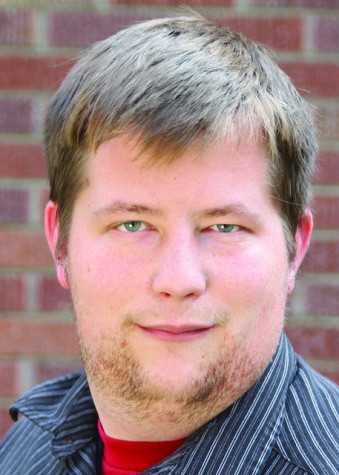


![Simmons said the biggest reasons for her success this year were “God, hard work, and trusting [her] coach and what she has planned.”](https://theeasterner.org/wp-content/uploads/2024/05/image1-1-1200x800.jpg)

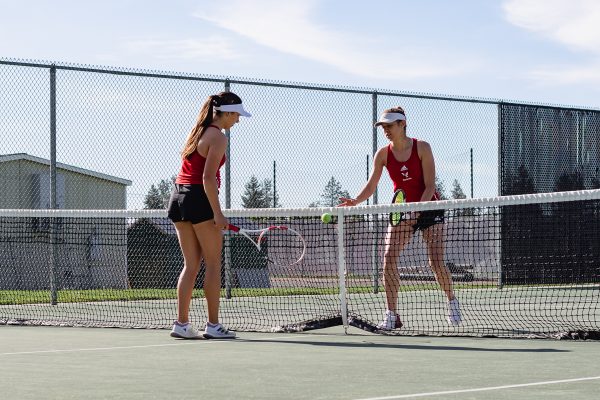
![Simmons said the biggest reasons for her success this year were “God, hard work, and trusting [her] coach and what she has planned.”](https://theeasterner.org/wp-content/uploads/2024/05/image1-1-600x400.jpg)

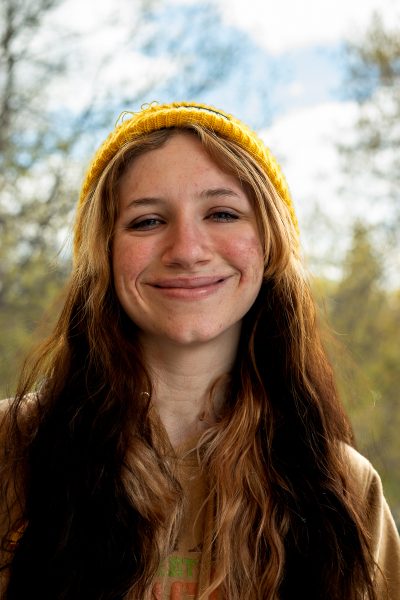

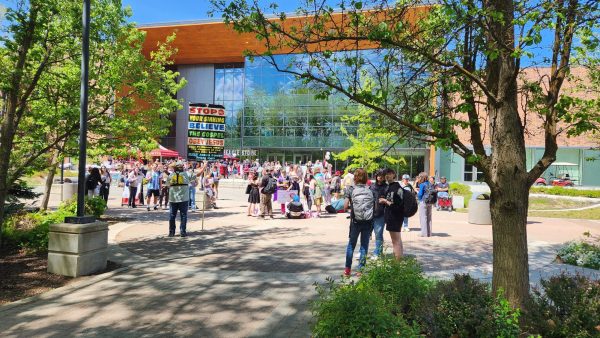

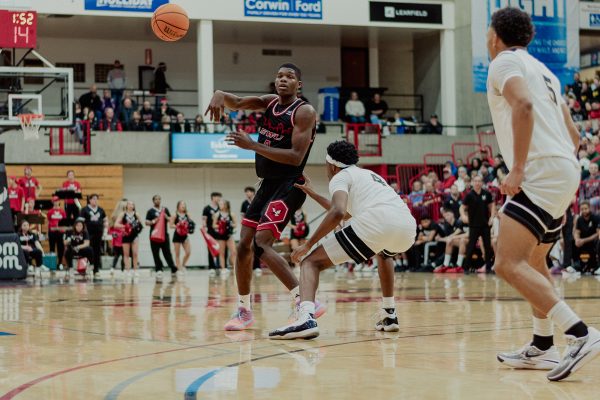
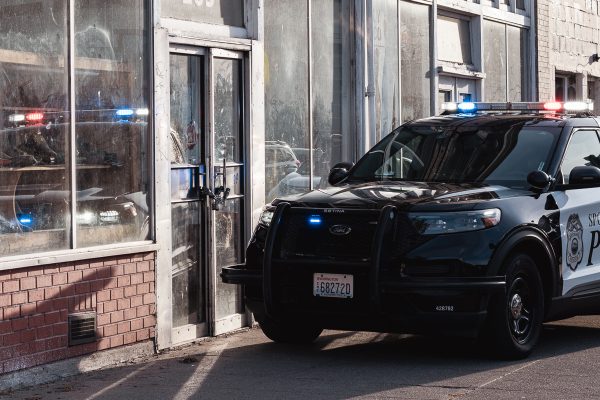
William Pearson • Aug 14, 2017 at 1:09 pm
Not sure how to explain this. I started EWSC in 1963. The Savages were the football team, and the other athletic teams. In 1967, our football went to the NAIA Championship Bowl Game in Morgantown, West Virginia.
I graduated in 1968, and went to Infantry Officers School, Ranger School, Special Warfare School, Vietnam,1969-70. I am a Savage from Eastern Washington, very proud of my school. I am not an eagle, Returning 8-9 September to meet fellow soldiers, football pals, who are savages.
Jerry Jantz • Aug 14, 2017 at 9:52 am
I played @ Eastern on 1964-67 football teams, and feel that players & fans saw Savage mascot as source of pride for Native Americans as well as EWSC community. We had Native American players on our team that found Savage mascot as symbol of Native American heritage.
sethdryden • Mar 9, 2013 at 2:34 pm
Al Stover, Kim Murphy-Richards, Deidre Almeida, and the entire EWU community
An article titled “No salvaging Savages” (http://easterneronline.com/2013/03/07/no-salvaging-savages/) written in the Easterner was sent to me yesterday and I felt it had some major inconsistencies that I would like to address. Some of these were the same inconsistencies that were spread back in 2004.
As one of the five (not two) members that made these jerseys I’m pretty well aware of what happened. Back in 2004 the concept of throwback jerseys were very popular. Use sports jerseys as a vehicle to bring back some history that many people didn’t know existed. We took a picture of the bricks (attached to this email) used photoshop, cleaned it up, and made 6 jerseys. At no point were these jerseys ever for sale.
A member of the Easterner staff wrote an article about how awesome it was that people were bringing back Eastern’s history and were excited by the throwback jerseys. A week later a scathing letter trashing us, and painting us as racists came out and the previous article was deleted from the website as if it never was written (just like the bricks). A writer from the Spokesman Review, Rob McDonald contacted me about the jerseys to get my side of the story before running an article in the Spokesman. Rob and I had a very good conversation and he gave me a chance to explain the intent behind the jerseys, which was to bring back some history, and not be racists. We maintained communication for quite some time after this.
These jerseys were never confiscated, and we were never even threatened to stop wearing them, nor was there any threat of copywrite infringement. In fact, my jersey was donated by me to the EWU archives via the school historian several years later where I assume it still rests. Others still have their jerseys (attached a photo of one). The reason it was donated was the same reason it was created, we can’t change the history of the throwback jersey, but we can stop trashing the reputation of those that created them almost a decade ago, an illustrate and celebrate the progress EWU and other athletic teams have come.
At no point was any of our group or any other group ever yelling any racial slurs or yelling “savages” at any of the players as Ms. Murphy-Richards states, that flat out just did not happen. We were, and are passionate fans of the EWU athletic program. I attended 5 EWU football games last year, and drove over 350 miles back to Cheney to see them. I also have served on the EWU Alumni Associate board of directors, and the people that nominated me onto that board were well aware that I was one of the people responsible for the throwback jerseys.
At no point did anyone from the EWU administration ever contact us directly. Had we been contacted by Deirdre or anyone else, we most likely would have stopped wearing the jerseys immediately. A voicemail left after the second article was published with Deirdre was never returned as I invited her to have direct contact so I could apologize for the whole situation. Instead, it was totally exploited by Deirdre and the Indian studies program for their own gain. She contacted the press and the EWU administration because her ultimate goal was to make a huge stink about the situation, waste $80,000 precious university dollars, and make an example of us, and not to just get 5 students to stop wearing jerseys to basketball games.
It was decided that $80,000 (if I remember the figure correctly) was best spent sandblasting bricks that most people on campus didn’t even know existed instead of paying the salary of a professor, providing scholarships or charitable donations. Speaking of donations, I’m a member of the kinnikinnick society (as noted for multiple years of continual giving to EWU), and an Eagle Athletic Association donor at the Bronze Eagle level as well. I love Eastern, I treasure my time there, and continue to be an active member of the EWU community, even from Portland Oregon, I think it’s completely ridiculous that this situation was exploited for public sympathy in 2004, and again in 2013. I invite Deirdre to return my phone call from 2004, I’d love to have a civil discussion about what exactly happened back then.
Go Eags,
Seth Dryden, EWU class of 2005.
Dean Fiedler • Mar 9, 2013 at 2:23 pm
It is unbelievable that the author of this article could get so many of the facts incorrect surrounding the “throwback controversy.” It would have been wise to contact a few of the people that created them before publishing his article. Most of the creators are still involved with the university in one way or another. This is just lazy reporting if you ask me.
n8weaver • Mar 9, 2013 at 10:07 am
This article has so many false statements. It’s sad to me as a proud alumni and one of the originators of these jerseys that this is still such a misunderstood topic almost ten years later. Walk around EWU’s campus and ask a student today what a throwback jersey is. It’s a jersey of a school or team that is an actual representation of what was worn at one point in the school or teams history.
Wearing these jerseys we were only trying to capture our school pride and show it off by knowing the history of our university. We never sold these, we never looked to make profit off of these jerseys, it was simply a throwback jersey to show school pride and cheer on our EWU Men’s Basketball team as they won their first Big Sky Conference tournament title and got their first berth to the NCAA Tournament better known as March Madness.
I am a proud Eagle, and will continue to be, but it upsets me to know that I am being misrepresented when articles like this are published, and I apologize if I have some sense of school pride and wanted to show off our history. This was never meant as a pointed attack at any group or misrepresentation of EWU. It was simply college kids taking pride in their school, pride in their athletics program and trying to display that and in turn it has been spun into such big unnecessary web of falsities and flat out lies.
Next time you choose to report on a controversial topic I suggest you talk to both sides of the party to get the facts straight and make sure what you are reporting is accurate, not libel.
Tracey Arnold • Sep 3, 2016 at 9:11 pm
I’m sorry but my peoples’s genocide don’t trump your “throwback Jersey” response.